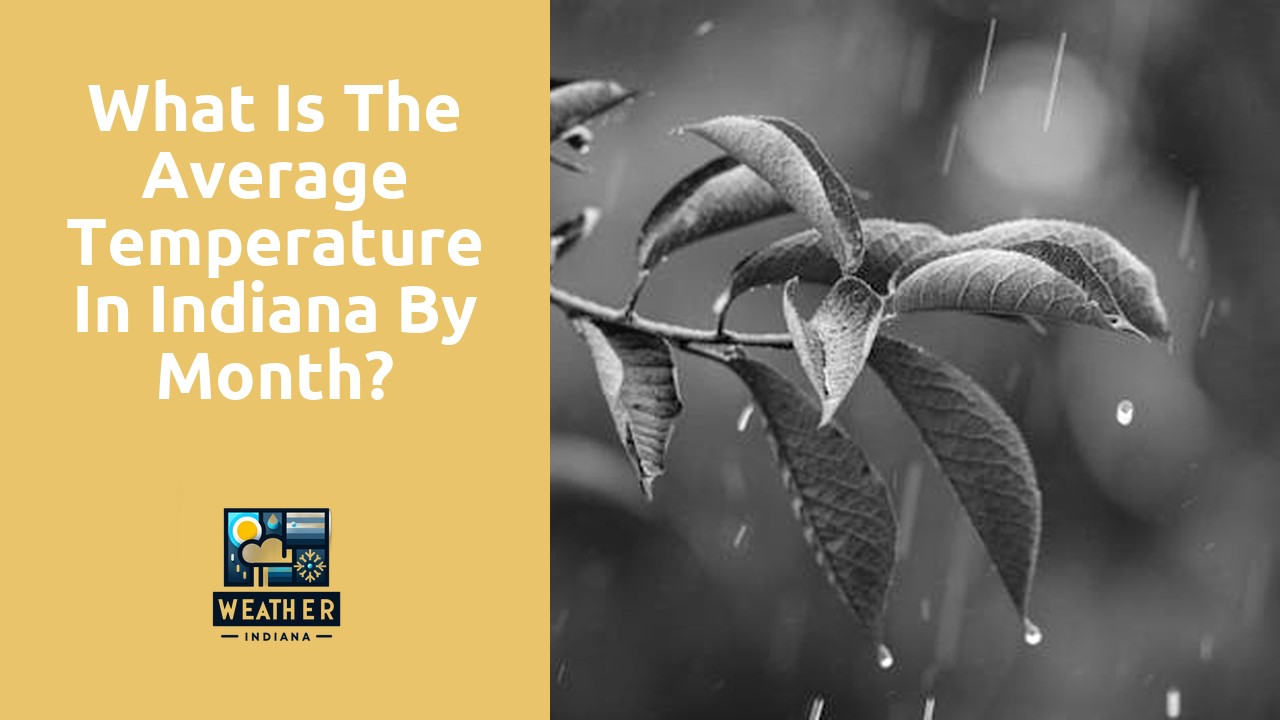Table Of Contents
Historical Temperature Trends in Indiana
Historical temperature trends in Indiana reveal interesting patterns that have a significant impact on the state’s climate. Over the past few decades, Indiana has experienced fluctuations in temperature, with noticeable shifts in both summer and winter months. The state has traditionally been known for its hot and humid summers, while winters are generally cold with occasional snowfall.
In recent years, there has been a noticeable increase in the average annual temperature in Indiana, reflecting a broader trend observed across the United States. This rise in temperature has led to longer and warmer summers, affecting factors such as agriculture, wildlife, and overall ecosystem dynamics in the state. Historical temperature data provides valuable insights into how Indiana’s climate has evolved over time and underscores the importance of understanding these trends for future planning and management.
Notable Temperature Anomalies in Indiana’s Past
In the past, Indiana has witnessed some significant temperature anomalies that have left a lasting impact on the state’s residents and ecosystems. One such notable event occurred in the summer of 1936 when Indiana experienced a severe heatwave that shattered previous temperature records. The scorching temperatures not only posed a health risk to the population but also resulted in widespread crop failures and economic losses for farmers.
Additionally, the winter of 1978 brought about another extreme temperature anomaly in Indiana, known famously as the “Great Blizzard of 1978.” This unprecedented storm blanketed the state with heavy snowfall and frigid temperatures, causing widespread disruptions to daily life, transportation, and infrastructure. The bitter cold and snow accumulation from this event significantly altered the state’s landscape and instigated emergency response efforts to ensure the safety of residents.
Importance of Knowing Indiana’s Temperature Patterns
Understanding Indiana’s temperature patterns is crucial for various sectors of the state’s economy and livelihoods. Farmers rely on temperature data to make informed decisions regarding crop planting, irrigation schedules, and pest management. Abnormal temperature fluctuations can have detrimental effects on crop yields, leading to financial losses. By having a good grasp of Indiana’s temperature patterns, farmers can mitigate risks and optimize their agricultural practices accordingly.
Furthermore, knowledge of temperature patterns is essential for urban planning and infrastructure development. Engineers and city planners need accurate temperature data to design buildings, roadways, and utilities that can withstand the climatic conditions of Indiana. Extreme temperatures can impact the structural integrity of buildings and roads, as well as the efficiency of utilities such as heating and cooling systems. Hence, having a comprehensive understanding of Indiana’s temperature patterns is vital for ensuring the resilience and sustainability of the state’s infrastructure.
How Weather Patterns Impact Agriculture in Indiana
Indiana’s agriculture sector is highly dependent on weather patterns, with temperature playing a critical role in determining crop success. The variation in temperatures throughout the growing season can have a significant impact on the growth and yield of crops in the state. Extreme temperature fluctuations, whether it be unseasonably hot or cold weather, can pose challenges to farmers as they try to manage their crops effectively.
Furthermore, the timing of temperature shifts is crucial for agricultural planning in Indiana. Frost events, for example, can damage sensitive crops if they occur after planting but before harvest. On the other hand, prolonged periods of heat stress during critical growth stages can lead to reduced crop yields. Understanding these weather patterns and their potential impact on agriculture is essential for farmers to make informed decisions regarding planting times, crop selection, and risk management strategies.
Climate Change Effects on Indiana’s Temperature
Climate change is a pressing issue that has far-reaching effects on various regions, including Indiana. One significant impact of climate change on Indiana’s temperature is the increasing frequency of extreme weather events. Heatwaves, severe storms, and droughts are becoming more common, leading to fluctuations in temperature patterns across the state. These changes in temperature can have profound consequences on various sectors, including agriculture, infrastructure, and public health.
Moreover, climate change is also contributing to the overall warming trend in Indiana’s temperature. Over the past few decades, the state has experienced a gradual increase in average temperatures, with winters becoming milder and summers hotter. This shift in temperature patterns not only affects the local environment but also poses challenges for residents and policymakers in adapting to these changes. As global warming continues to accelerate, understanding the implications of these temperature shifts on Indiana’s ecosystems and communities becomes increasingly crucial.
Predicted Shifts in Indiana’s Average Temperatures
Predicted Shifts in Indiana’s Average Temperatures
As climate change continues to impact the world, Indiana is predicted to experience noticeable shifts in its average temperatures in the coming years. Climate models suggest that Indiana could see an overall increase in temperatures, leading to warmer winters and hotter summers across the state. This shift in temperature patterns can have far-reaching effects on various aspects of life in Indiana, from agriculture to public health.
The predicted rise in average temperatures in Indiana could result in shifts in weather patterns, potentially leading to more extreme weather events such as heatwaves and heavy rainfall. These changes may pose challenges for farmers in the state, impacting crop yields and livestock health. Additionally, the warmer temperatures could also have implications for public health, as higher heat levels may increase the risk of heat-related illnesses among vulnerable populations.
FAQS
What is the average temperature in Indiana by month?
The average temperature in Indiana varies by month, with colder temperatures typically observed during the winter months and warmer temperatures in the summer months.
How do temperature patterns in Indiana impact daily life?
Temperature patterns in Indiana can impact daily life in various ways, influencing activities such as outdoor recreation, agriculture, and energy consumption.
Are there any notable temperature anomalies in Indiana’s past?
Yes, Indiana has experienced notable temperature anomalies in the past, including extreme heatwaves, severe cold spells, and unusual temperature fluctuations.
How does climate change affect Indiana’s temperature trends?
Climate change can impact Indiana’s temperature trends by causing shifts in average temperatures, changes in precipitation patterns, and an increase in extreme weather events.
Can we predict future shifts in Indiana’s average temperatures?
While predicting future shifts in Indiana’s average temperatures with absolute certainty is challenging, climate models suggest potential changes in temperature patterns due to ongoing climate change.

